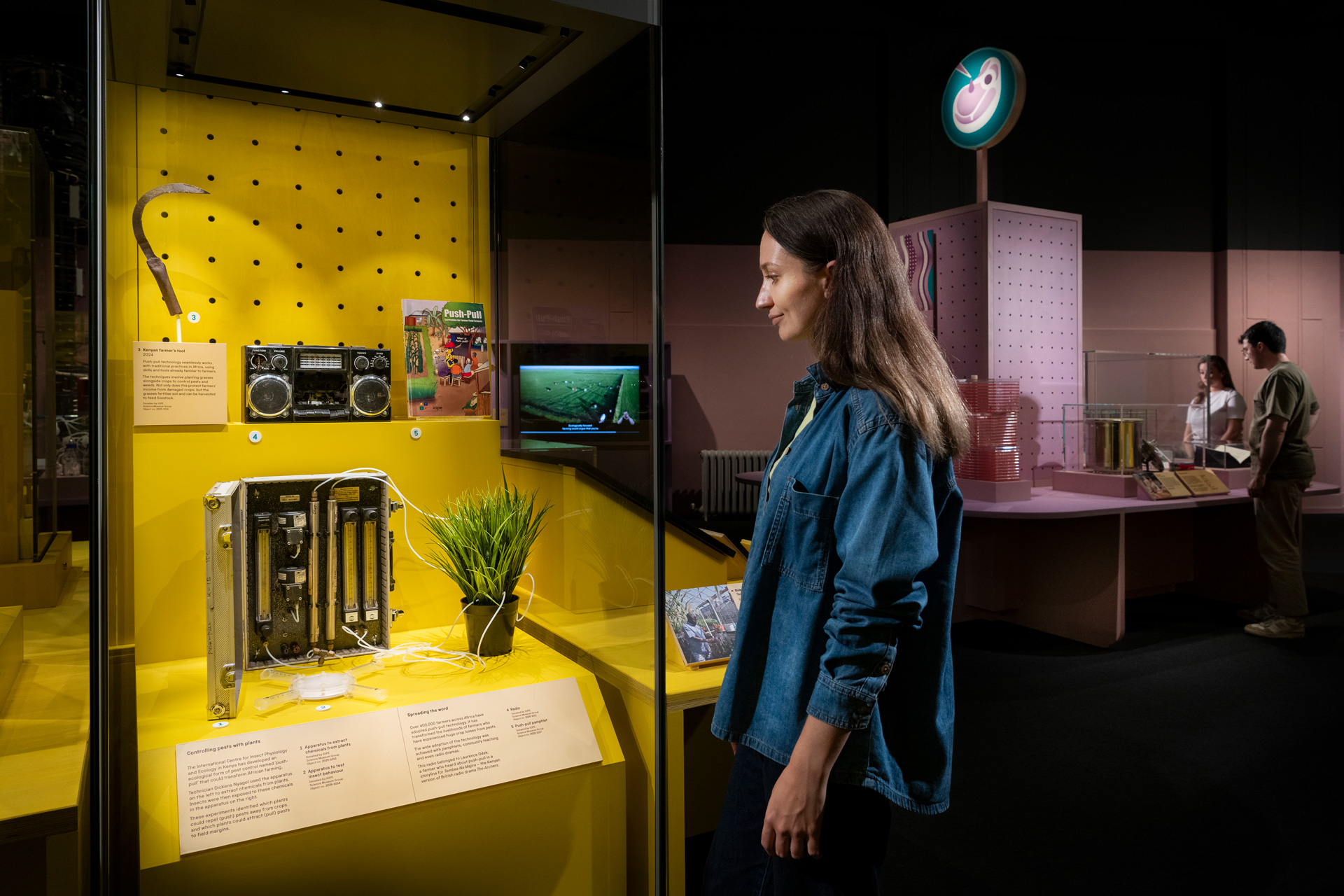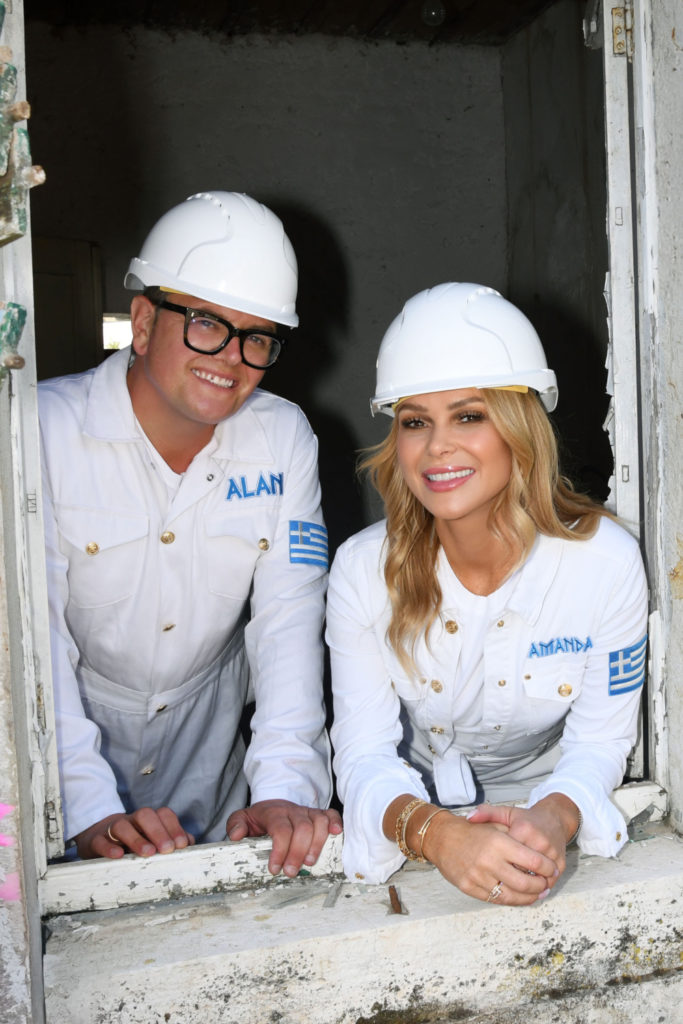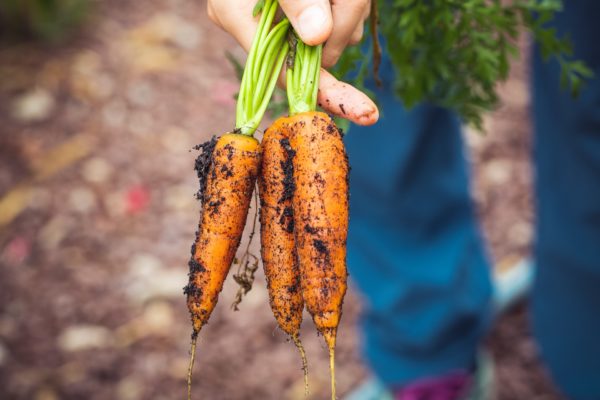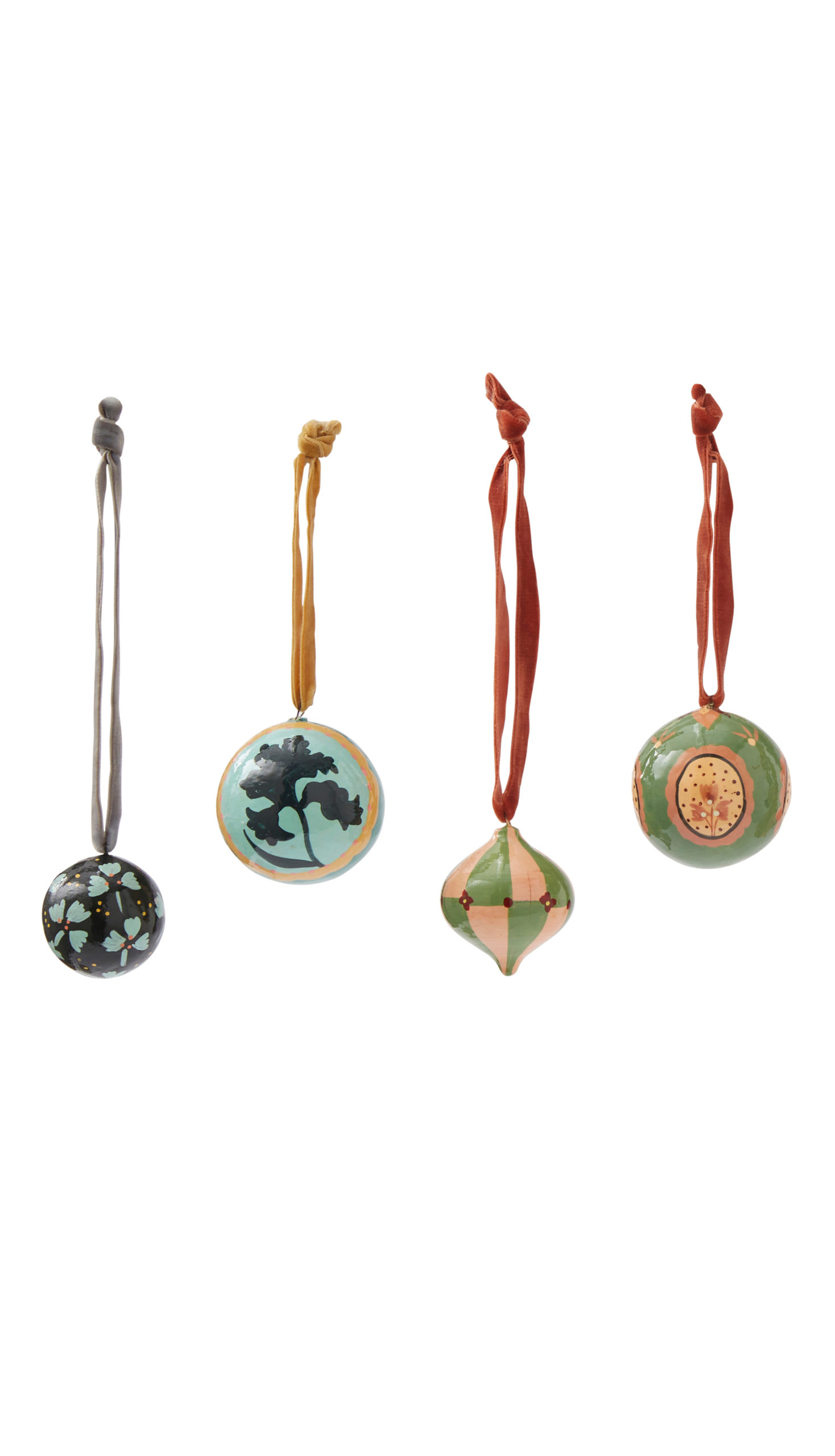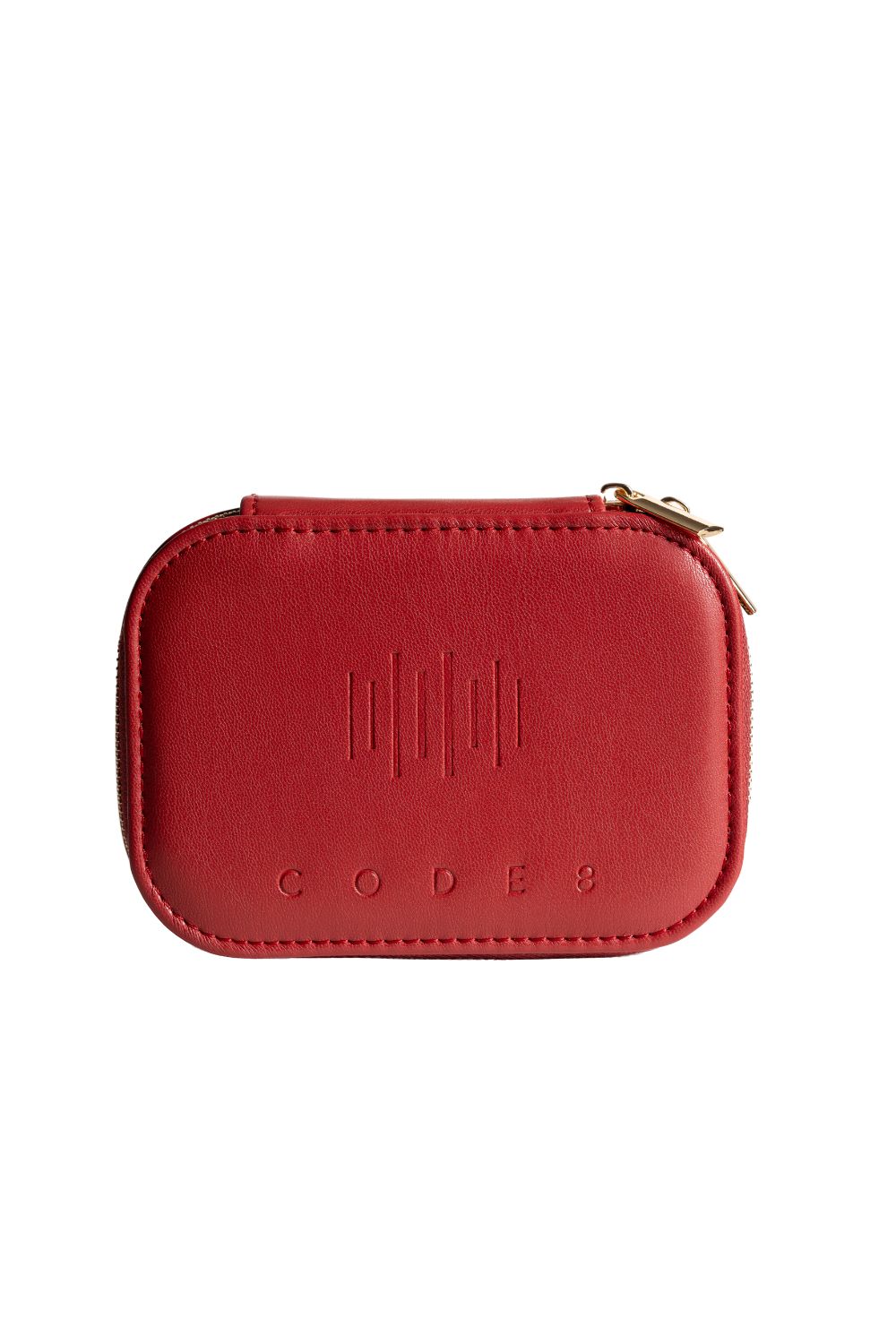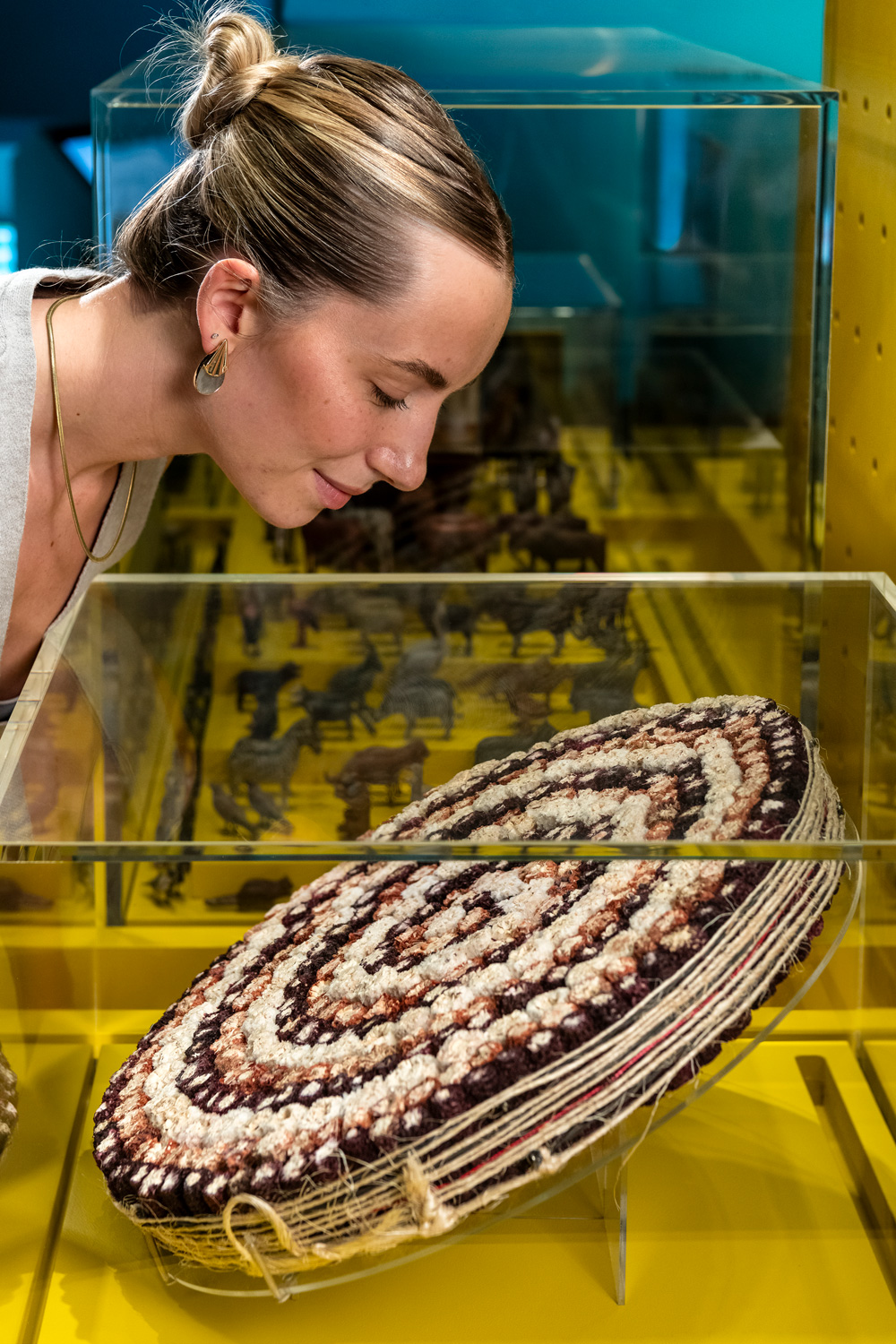
The Science Museum’s Major New Exhibition Explores The Future Of Food
By
5 months ago
How can we transform our food system for the better? The Science Museum investigates
Will lab-grown meat take off? Will blockchain transform our shopping habits? And how are community food projects making an impact? Now open, The Science Museum’s major new exhibition delves into all these questions and more, exploring the past, present and future of our food systems.
The Future Of Food: What To Expect From The Science Museum’s New Exhibition
Just launched this July, Future of Food looks into how science can help us find more sustainable ways of growing and producing food. But it will also examine how we got here. An array of historic objects are on display, including a 3,500-year old loaf of bread, a potato leaf from the Irish famine, and Fritz Haber’s sample of liquid ammonia – one of the most significant scientific inventions of the 20th century, which is now crucial in many parts of the food industry.
Visitors will also have the chance to learn the stories behind everyday foods, from corn to McNuggets, and learn how science changed the food and farming landscape – including the invention of synthetic fertilsers.
Looking to the future, the free exhibition explores what the next decades and centuries hold for our food system. It looks at the exciting biotechnologies that promise to revolutionise how food is produced, from climate-adapted alternatives to crops to cell-grown meat and fish – with the first beef steak grown outside a cow on display, alongside crops like bird flu-resistant chicken.
Fermentation, an age-old technique that has gained traction recently, is studied in detail. Visitors can see an ancient Egyptian loaf of bread, found in the tomb of an Egyptian queen, as well as the first Quorn burger, made in 1981 using fermentation technology as a substitute for meat. The show also delves into its potential for further innovation: for example, scientists are in the process of creating a sustainable version of palm oil, which can be used to make products like chocolate and peanut butter.
The exhibition looks, too, at how we can farm and fish in harmony with the natural world. It spotlights a community-led farm in Pembrokeshire which uses vertical underwater ‘gardens’, and an innovative method of controlling pests with plants, which was developed in Kenya and is now being used by over 400,000 farmers across Africa.
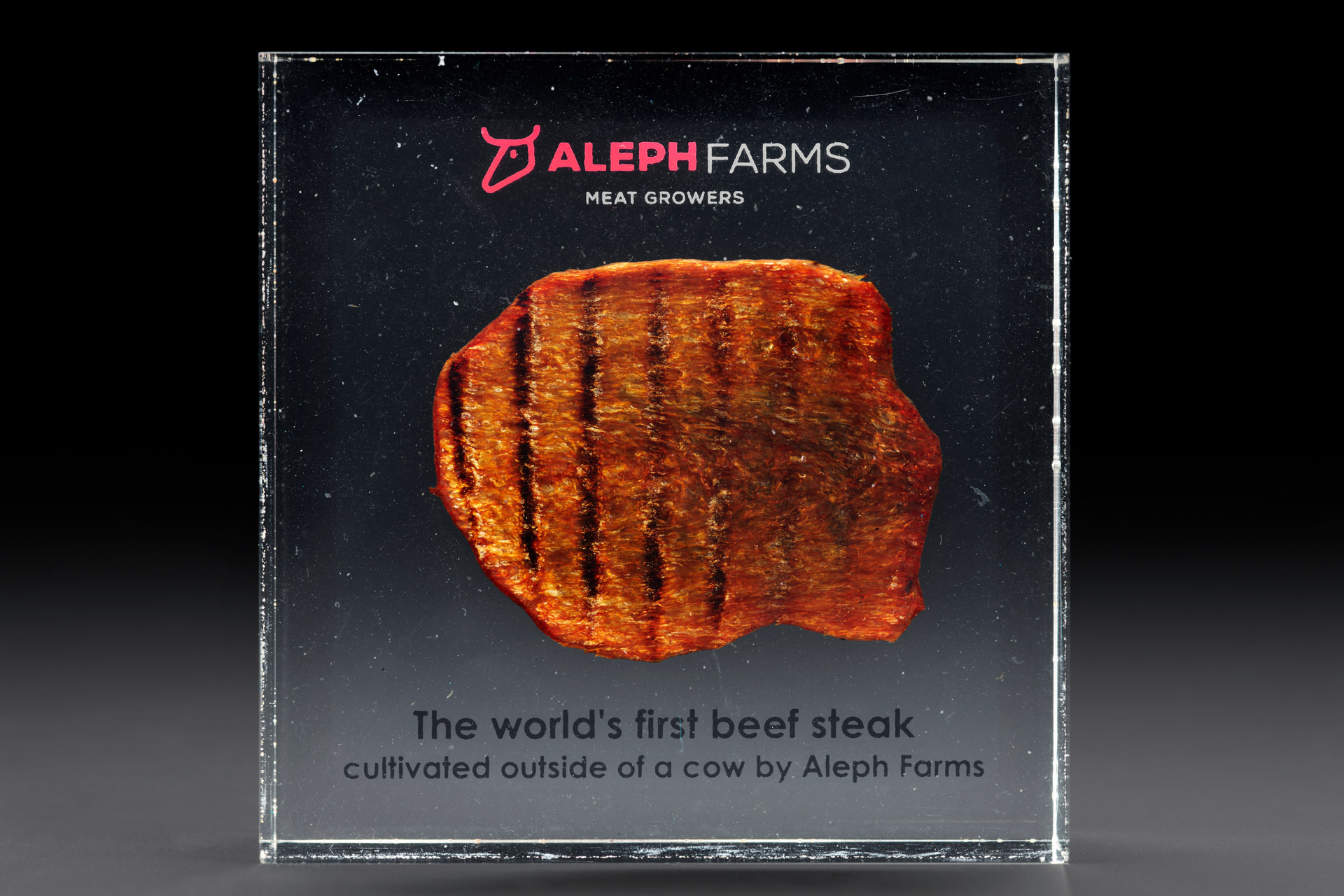
First beef steak grown outside a cow (c) Science Museum Group
Elsewhere, Future of Food looks at the initiatives working to conserve the generic diversity of foods, from controlling pests with plants in Africa to seed-swapping ceremonies in the Amazon.
It also prompts conversations surrounding the impact of the food we eat, looking at topics like seasonality, supply chains and food traceability. We see, for instance, how blockchain could encourage a more transparent way of shopping, allowing people a digital picture of where their food has come from. The exhibition also highlights inspiring initiatives from all over the world, like organic food subsidy schemes in Cardiff and community kitchens in Peru.
Visitors can have their say too, taking part in a large interactive game where they can create their own future for food. Their choices will then be projected onto a giant land and seascape, showcasing how factors affect the climate and food production in general.
Sir Ian Blatchford, Director and Chief Executive of the Science Museum Group, said: ‘Our Future of Food exhibition is not just about what we eat, but also about how we produce, consume and connect with food. Our food systems need to change if we are to better nourish people and the planet, and the Science Museum is uniquely placed to engage audiences with this complex topic and showcase potential scientific innovations and solutions to the challenges we face.’
The Future of Food is open now until 4 January 2026, sciencemuseum.org.uk

